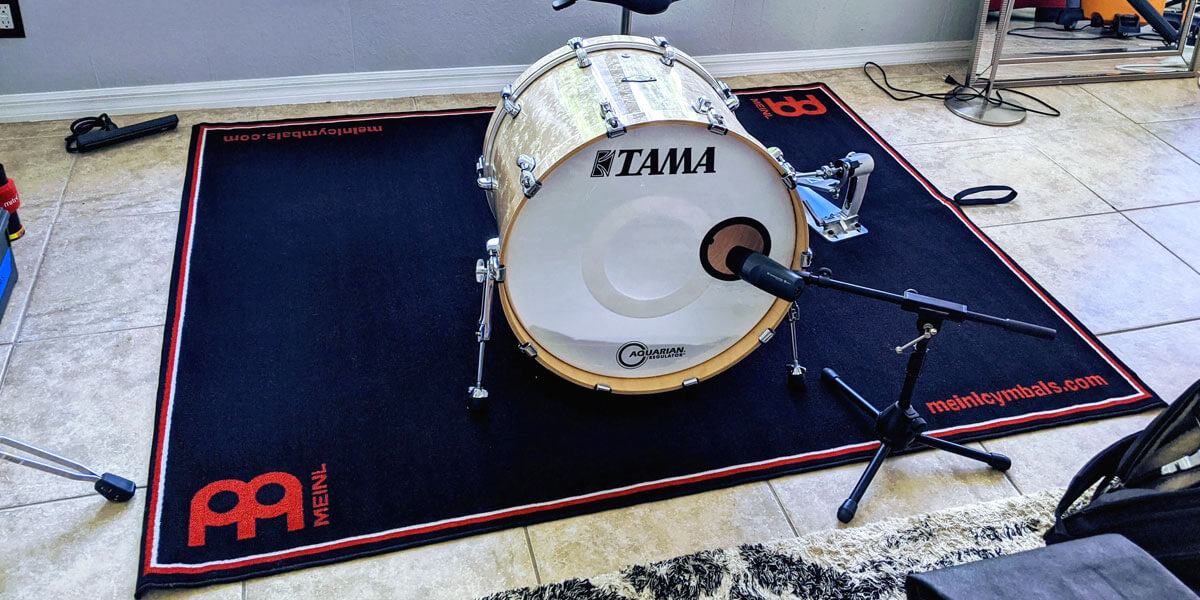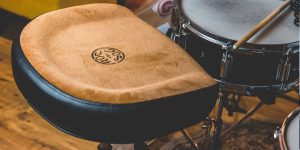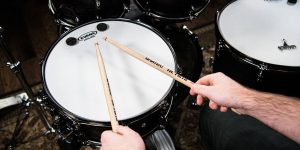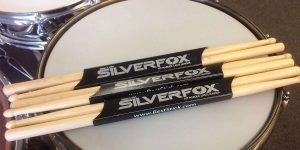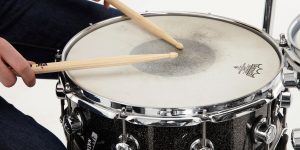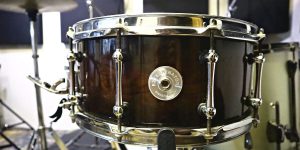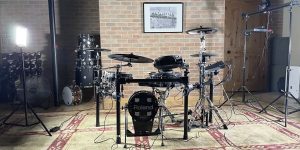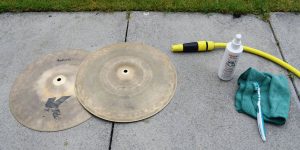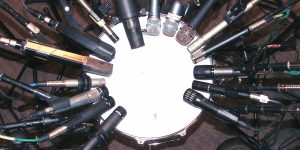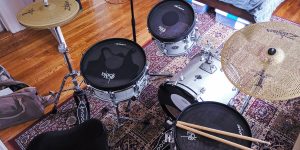Achieving the perfect blend of stability and comfort is paramount when it comes to drumming. One key element contributing to this is the drum set carpet. This accessory holds a profound impact on your performance. In this article, I will shed light on how a drum rug influences your playing and why it’s an essential component for every drummer.
Understanding drum rugs
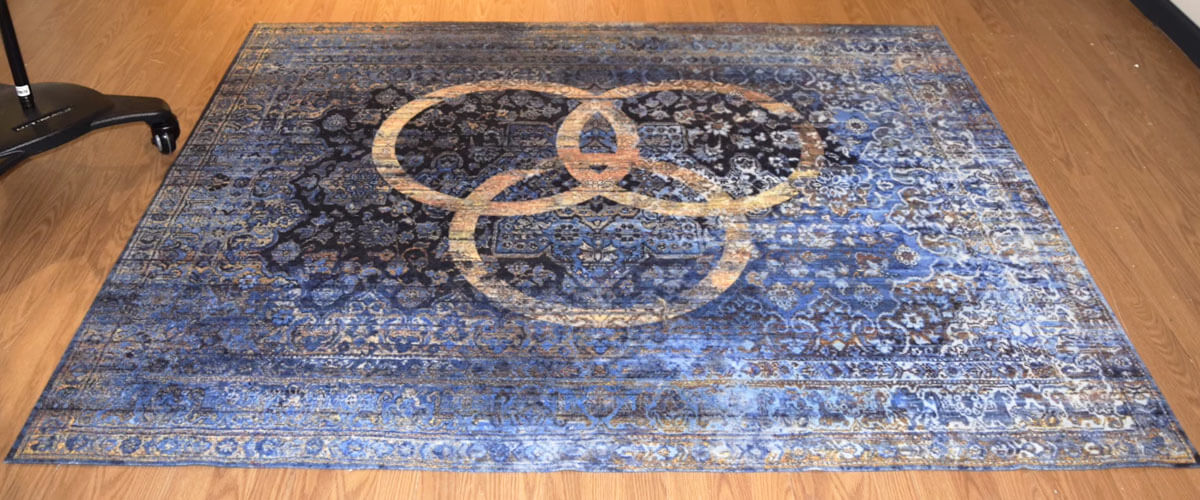
Drum rugs, often underestimated, play a crucial role in the world of music. This is a specially designed textile that serves as a foundation for your kit.
It’s not just any carpet; it’s tailored to meet the unique demands of musicians. A drum kit mat offers the stability necessary to keep your kit securely in place, preventing it from sliding or shifting mid-performance.
Carpets for percussion instruments are crafted with specific characteristics to optimize your experience.
- The most fundamental feature of this accessory is its non-slip backing, usually made of rubber or a similar material.
- A high-quality carpet is designed to endure the rigors of drumming without wearing out quickly.
- This accessory comes in various sizes to accommodate different kit configurations.
The advantages of incorporating a purpose-made mat into your setup are multifold:
- A carpet offers a stable foundation for your kit, preventing it from shifting or moving during intense playing sessions.
- Purpose-made carpets help isolate the sound of your kit, reducing vibrations that can resonate through floors and walls, thus contributing to a cleaner and more focused sound.
- The accessory acts as a protective barrier, shielding both your drum kit and the floor from potential damage caused by impact and friction.
Choosing the right drum rug
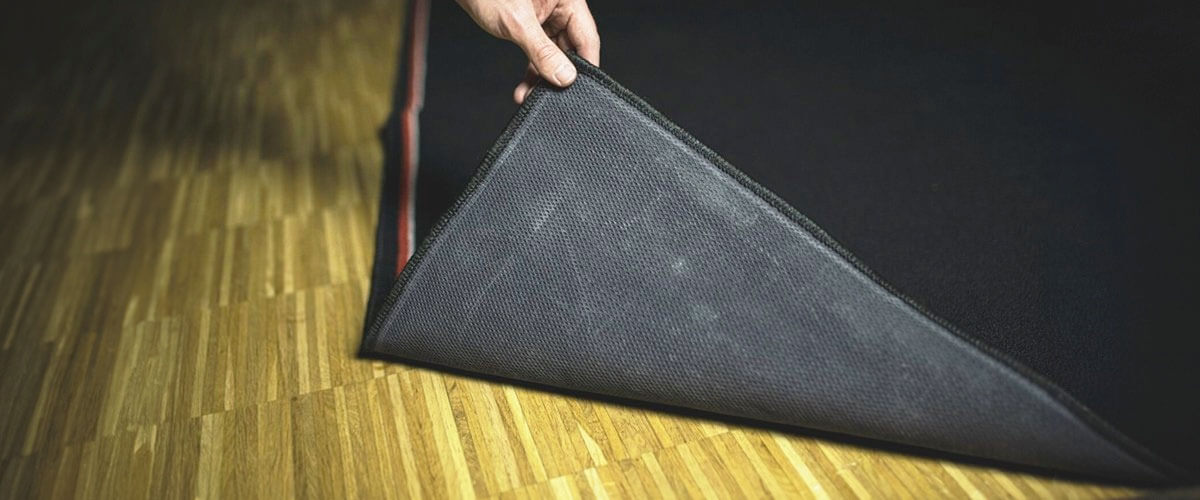
Selecting the appropriate accessories is a pivotal decision that significantly influences your percussion experience. Let’s delve into the key factors to consider when making this essential choice.
- The drum rug size is a fundamental consideration. It should comfortably accommodate your entire kit, including all percussion instruments, cymbals, and hardware.
- A rug with adequate cushioning helps absorb impact, reducing fatigue during prolonged playing sessions. However, it shouldn’t be too thick, as it may hinder stability.
- Pedals and stands should sit firmly on the rug without sinking or shifting.
- Some rugs have additional anchoring mechanisms, such as Velcro straps or weights.
Also, consider the specific environment where you’ll be using the drum carpet:
- Portability might be a factor if you need to set up and take down your kit frequently.
- In a studio setting, sound isolation and vibration dampening are crucial.
- On stage, durability and anchoring mechanisms are of utmost importance.
By meticulously evaluating these factors, you can select a mat for a drum kit that seamlessly integrates with your percussion style and environment, enhancing both your comfort and performance.
Drum rug alternatives and DIY solutions
While purpose-made carpets offer tailored benefits, there are drum rug alternatives and DIY solutions worth exploring for musicians seeking practicality and innovation.
- Carpet remnants can be a budget-friendly alternative. They offer some traction and can absorb vibrations to an extent. However, they might lack durability.
- Rubber drum mats, like those used in gyms or workshops, can provide stability and noise reduction.
- Crafty musicians often find creative DIY solutions to their carpet needs. For instance, some attach strips of hook-and-loop fasteners to the underside of a regular rug to prevent it from sliding. Another example is creating a dedicated area using interlocking foam puzzle mats.
In the world of music, every detail matters. Purpose-made carpets might seem like a small accessory, but their impact on your playing experience can be significant.

